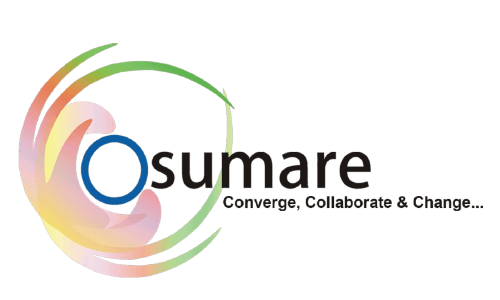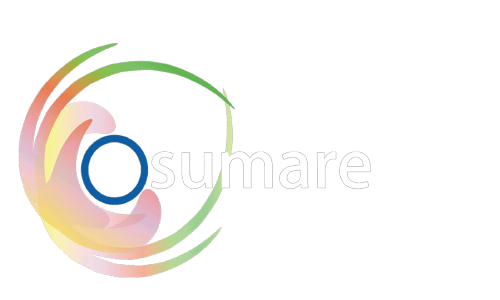Improving your website’s conversion rate is crucial for maximizing the value of your traffic and turning visitors into loyal customers. Conversion rate optimization (CRO) involves analyzing user behavior, testing strategies, and implementing data-driven techniques to encourage specific actions, such as purchases, sign-ups, or inquiries. Below, we explore effective strategies to enhance your website’s conversion rate in a detailed and actionable manner.
1. Understand Your Audience and Their Needs
To increase conversions, it’s essential to know your audience inside and out. This begins with developing detailed buyer personas, which include demographic data, preferences, pain points, and online behaviors.
Start by analyzing website analytics tools like Google Analytics to understand visitor behavior. Look at key metrics such as bounce rate, session duration, and exit pages to identify where users are dropping off. Conduct surveys and gather customer feedback to uncover their motivations and challenges.
By understanding your audience, you can tailor your content, design, and offerings to align with their needs and expectations. For instance, if your audience values fast service, highlight your efficiency through clear messaging and trust-building elements like testimonials or certifications. Personalization is key—use dynamic content to show users tailored offers or products based on their browsing history.
2. Optimize Your Website’s User Experience (UX)
A seamless and enjoyable user experience is critical for boosting conversions. If visitors find your website difficult to navigate or slow to load, they’re likely to leave before taking any meaningful action.
Focus on designing a clean, intuitive interface with clear navigation paths. Ensure your website is mobile-friendly, as a significant portion of online traffic comes from mobile devices. A responsive design guarantees that users can easily engage with your site across devices.
Additionally, prioritize page speed optimization. Compress images, reduce server response times, and leverage browser caching to improve loading times. Fast websites not only enhance user experience but also rank better in search engine results.
Visual hierarchy also plays a significant role in guiding users’ attention. Use contrasting colors for call-to-action (CTA) buttons, clear fonts, and well-organized layouts to encourage users to take action.
3. Create Compelling Calls-to-Action (CTAs)
A well-designed CTA can significantly impact your conversion rate. CTAs should be persuasive, visually appealing, and strategically placed throughout your website.
Use action-oriented language that motivates users, such as “Get Started,” “Sign Up Now,” or “Claim Your Free Trial.” Ensure that CTAs stand out by using bold colors and large, clickable buttons. Test their placement to determine which positions—whether at the top of a page, within the content, or at the bottom—yield the best results.
Don’t forget to align your CTAs with user intent. For example, a visitor reading a blog post might respond better to a CTA that says “Download Our Free Guide” rather than “Buy Now.” Testing variations of your CTAs through A/B testing can help you find the most effective messaging and design.
4. Build Trust with Social Proof and Testimonials
Trust is a key factor in conversion rate optimization. Adding elements of social proof to your website reassures visitors that they are making a good decision by engaging with your business.
Display customer reviews, testimonials, and case studies prominently on your site. Highlight statistics such as the number of satisfied customers, successful projects, or products sold. Featuring badges or logos of certifications, partnerships, and secure payment methods also builds trust.
User-generated content, such as photos or videos of customers using your products, can have a significant impact on conversions. When potential customers see real people endorsing your brand, they’re more likely to take action.
5. Leverage the Power of A/B Testing
Testing is the cornerstone of any effective CRO strategy. A/B testing involves comparing two versions of a webpage, email, or ad to determine which one performs better.
Start small by testing specific elements, such as headlines, CTAs, images, or layouts. For example, you might test whether a red CTA button performs better than a green one or whether a long-form landing page generates more leads than a short-form version.
Use data from your tests to make informed decisions. Tools like Google Optimize or Optimizely can help you track performance metrics and identify winning variations. Continuous testing ensures that you’re always improving and adapting to your audience’s preferences.
6. Provide Personalized Experiences
Personalization is one of the most effective ways to engage users and increase conversions. By tailoring your website’s content and offers to individual visitors, you create a more relevant and satisfying experience.
Use data from browsing history, location, and past interactions to present personalized product recommendations, dynamic pricing, or targeted content. For example, an e-commerce site can suggest complementary items based on a user’s previous purchases.
Email marketing can also be personalized by addressing recipients by name and offering exclusive deals based on their preferences. Remember, personalization doesn’t just make users feel valued—it also drives them to convert.
7. Implement Exit-Intent Popups
Exit-intent popups are a powerful tool for capturing visitors who are about to leave your website. These popups appear when a user moves their cursor toward the browser’s close button, offering a last-minute incentive to stay or convert.
Offer discounts, free resources, or limited-time deals to entice users to take action before leaving. Make the message clear, concise, and valuable. For example, “Wait! Get 10% Off Your First Order” can encourage hesitant users to complete a purchase.
While popups should be impactful, avoid making them intrusive or overusing them, as this could frustrate users and lead to higher bounce rates.
8. Simplify Your Checkout Process
For e-commerce websites, a complicated checkout process is a major conversion killer. Streamline the process by minimizing the number of steps required to complete a purchase.
Enable guest checkout options to avoid forcing users to create an account. Clearly display shipping costs, taxes, and delivery timelines upfront to prevent cart abandonment. Provide multiple payment options to cater to different customer preferences.
Adding progress indicators during checkout can also reassure users by showing how close they are to completing their purchase. Make the process as smooth and intuitive as possible to boost conversion rates.
Conclusion
Increasing your website’s conversion rate requires a combination of understanding your audience, optimizing the user experience, and leveraging proven strategies such as personalization, A/B testing, and compelling CTAs. By implementing these techniques, you can transform your website into a conversion powerhouse, driving growth and maximizing the value of your online presence. Remember, CRO is an ongoing process, so continually analyze performance and refine your strategies to stay ahead in the competitive digital landscape.
More information has visit site Osumare Marketing Solutions

